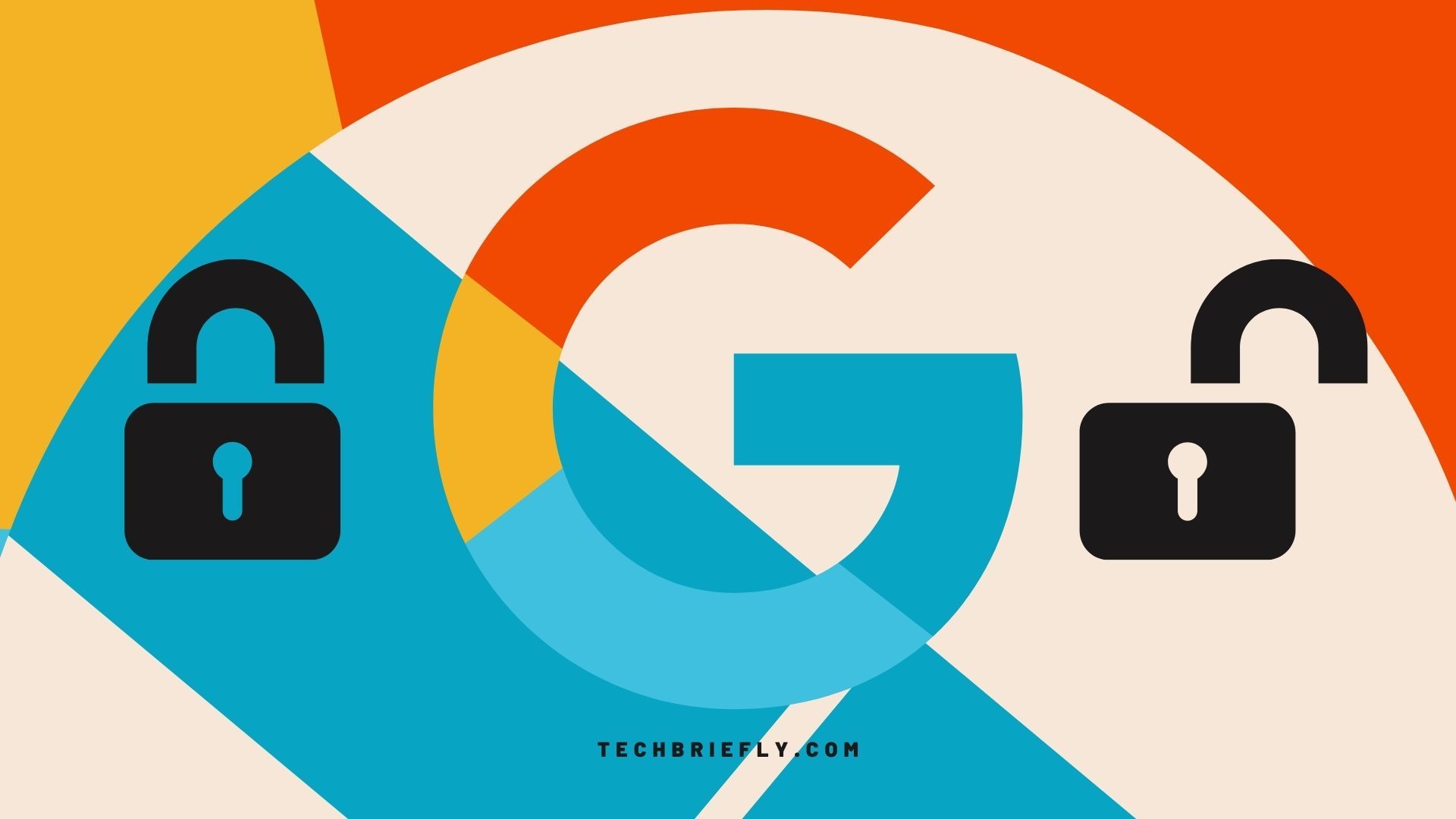The Google passkey feature continues to grow. In a significant move towards enhancing digital security, Google is championing the adoption of passkeys, signaling a shift away from traditional password-based security.
This development comes as part of a broader industry trend towards a passwordless future, promising users both increased security and convenience.
Google Passkeys represent a fundamental change in digital security, utilizing a dual-key cryptography system that includes both a public and a private key.
Safer accounts with Google passkey
Unlike traditional passwords, passkeys are designed to simplify the login process without compromising security. Users can authenticate themselves using biometrics, such as facial recognition or fingerprints, or through a PIN, mirroring the ease of unlocking a smartphone. Google‘s implementation of passkeys has already shown impressive adoption rates. Since their introduction on World Password Day in 2022, over 400 million Google Accounts have been secured using passkeys, facilitating more than 1 billion authentication transactions. This rapid uptake underscores the effectiveness and user-friendly nature of passkeys, which have now surpassed traditional two-step verification methods like SMS-based one-time passwords (OTPs) and app-based OTPs.
The technology behind passkeys is robust, leveraging encrypted keys stored on the user’s device, ensuring that the Google passkey itself is never transferred during the authentication process. This method significantly reduces the risk of phishing attacks and unauthorized access, as the keys are nearly impossible to intercept or duplicate externally.
Looking ahead, Google plans to integrate passkeys into its Advanced Protection Program (APP), which provides heightened security measures for users at higher risk of targeted attacks. This integration will offer these users the option to use passkeys exclusively or in conjunction with traditional passwords and hardware security keys. The broader impact of Google’s push for passkeys extends beyond individual user security.
By setting a precedent for passwordless authentication, Google is encouraging other industry players to adopt similar standards. This collective move towards passkeys, supported by the FIDO Alliance and major tech companies like Apple and Microsoft, is poised to reshape how security is managed across digital platforms.

So why doesn’t anyone switch to passkey?
Google passkey or Microsoft passkey or any other passkey doesn’t matter. Users cannot adapt to such security measures immediately. As the digital landscape evolves, so too does the approach to securing our online identities. Google’s introduction of passkeys marks a significant shift towards a more secure and streamlined method of authentication. However, despite their advantages, the widespread adoption of passkeys faces several hurdles.
The concept of passkeys, while revolutionary, introduces a paradigm shift that requires users to rethink how they secure their digital lives. For decades, the creation of complex passwords has been ingrained as the cornerstone of digital security. This long-standing practice has established a comfort zone that is hard to leave, even in the face of potentially superior technology.
The complexity of user education
One of the primary challenges in adopting passkeys is the difficulty in explaining their benefits and operation to the average user. Passkeys simplify the login process by eliminating the need to remember and manage multiple passwords, significantly reducing the risk of phishing attacks. However, conveying the technical nuances of how passkeys work—such as their reliance on a combination of public and private cryptographic keys—can be daunting for those accustomed to the straightforward concept of passwords.
Technological and behavioral inertia
Many users continue to rely on passwords simply because they are familiar and have been proven effective over time. The transition to something new requires not just understanding a new system, but also a shift in behavior, which can be a significant barrier. Moreover, the infrastructure supporting passkeys is not yet ubiquitous, making their use less seamless across different platforms and devices. This inconsistency can deter users from adopting passkeys, especially if they frequently interact with systems that do not support the new technology.
Security concerns and legal implications
While passkeys offer enhanced security by design—storing encrypted keys on the user’s device rather than on a server—there are still concerns about their implementation in sensitive scenarios. For instance, the legal implications of using biometrics (like fingerprints or facial recognition) as part of the authentication process can be complex. Unlike passwords, which are known only to the user, biometric data can potentially be compelled in legal situations, adding a layer of complexity to the security landscape.

How to use Google Passkey?
You can follow the steps below to switch to the Google passkey security system:
- What you need to create a Google Passkey:
- Windows 10, macOS Ventura, ChromeOS 109, or later operating systems.
- A mobile device with iOS 16 or Android 9.
- A hardware security key that supports the FIDO2 protocol.
- Supported browsers: Chrome 109+, Safari 16+, Edge 109+, FireFox 122+.
- Create and use a Google Passkey:
- Go to https://myaccount.google.com/signinoptions/passkeys.
- Continue with the “Generate passkey” option and unlock the device.
- To create a passkey on multiple devices, repeat this procedure for each device.
- After entering the username to sign in on mobile devices or computers, Google will request the passkey for authentication, if one has already been created.
- Tips and security advice on Google Passkey:
- After creating a passkey, when logging in on a supporting device, you will be offered to create a passkey on that device.
- Generating a passkey on shared devices is not recommended.
- Android devices may require an alternative sign-in method when you sign in using your passkey.
- Apple devices require iCloud Keychain to be enabled.
- Managing Goole Passkey:
- You can manage, remove, or deactivate your toggles by going to your Google Account.
- You can review the toggles previously added to your account at “https://myaccount.google.com/signinoptions/passkeys”.
Despite these challenges, the future of passkeys looks promising. Their ability to provide a more secure and efficient authentication process is clear. As technology evolves and as users become more familiar with the benefits of passkeys, we will likely see a gradual shift away from traditional passwords. This transition will be supported by ongoing efforts from major tech companies to standardize and streamline the use of passkeys across various platforms.
While the shift to Google passkeys represents a significant advancement in digital security, the journey toward widespread adoption will be gradual. It requires overcoming educational barriers, technological inconsistencies, and behavioral inertia. However, as these challenges are addressed, passkeys are poised to become an integral part of securing digital identities in the future.
Featured image credit: Furkan Demirkaya





